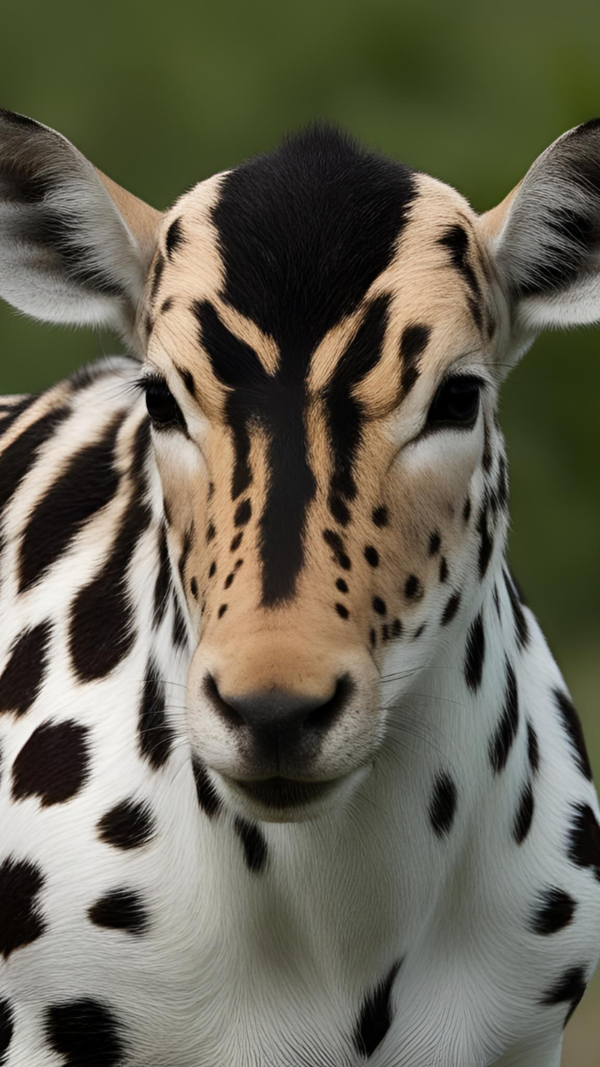Facts about giraffe: Can the world’s tallest animal swim? The surprising physics behind nature’s most elegant giants

Let's find the answer to this weirdly specific question
We’ve all seen giraffes gracefully sauntering across the savannah in wildlife documentaries, their impossibly long necks swaying gently above the trees. But have you ever paused mid-snack or doom-scroll to wonder: can giraffes swim?
It’s a weirdly specific question, but one that pops up surprisingly often on the internet. After all, elephants can swim, hippos practically live in water, and even rhinos have been caught doing an awkward doggy paddle. But giraffes? They don’t exactly scream “natural swimmer.” Well, buckle up, animal lovers—because the answer is way more interesting than just a yes or no.

Wait, do giraffes ever need to swim?
Let’s start with the basics. Giraffes live in parts of Africa where large rivers and lakes aren’t always part of their everyday terrain. These tall, lanky giants usually hang around dry savannahs, open woodlands, and shrublands—places that don’t exactly require a swim across a lake to grab a snack. Plus, giraffes are browsers, not grazers. That means they eat leaves, mostly from tall acacia trees, rather than munching grass near riverbanks. Their whole body is literally built to reach up, not dive down.
So, while swimming may not be something giraffes need to do often (if ever), that doesn’t mean the idea is completely off the table. Nature loves surprises.

So… can they swim or not?
For the longest time, scientists didn’t have a clear answer to this. Giraffes are tough to observe in water simply because it’s so rare for them to get in. They tend to avoid water deeper than their knees—and who can blame them? With those spindly legs and sky-high necks, balance alone seems like a logistical nightmare.
But in 2010, a study finally dove into this oddly specific mystery—using computer models and physics (yes, someone actually simulated swimming giraffes!).
They used digital 3D models to estimate whether a giraffe could theoretically float and move in water. The result?
Yes, giraffes can swim. Technically.
The models showed that giraffes are buoyant enough to float (barely) and could paddle forward, but they’d be incredibly awkward and inefficient at it.
So yes, swimming giraffes are possible—just not ideal.

Why is swimming such a struggle for giraffes?
Let’s break it down with some facts about giraffe anatomy:
Neck and head: The average giraffe neck is about 6 feet long. That’s longer than most humans! Trying to keep that above water while swimming? Imagine the core strength you'd need.
Body proportions: Their front legs are longer than their back legs, which gives them that tilted, slightly awkward stance. This makes paddling evenly in water a challenge.
Muscle distribution: Giraffes are strong runners (they can hit speeds of 35 mph in short bursts), but their muscles are mostly adapted for walking and galloping, not for horizontal movement in water.
Balance and coordination: A giraffe’s long limbs and high center of gravity work against it in water. Staying upright while floating? Tough gig.
Basically, evolution made giraffes amazing at surviving on land—but not so much in a swimming pool.

What animals are surprisingly good swimmers?
While we’re on the topic, here are a few animals you might not expect to be good swimmers—but they totally are:
Elephants: These guys are natural swimmers. They can cross rivers by paddling with their feet and using their trunks like snorkels.
Sloths: Yep. Despite being slow on land, sloths are surprisingly agile swimmers. They even do a sort of lazy breaststroke.
Tigers: Big cats usually hate water, right? Not tigers. They love it and are powerful swimmers.
Moose: These awkward-looking creatures are fantastic swimmers. They can even dive up to 6 meters (20 feet) underwater in search of food.
So while giraffes aren’t exactly winning gold in swimming, they’re in good company with other land animals who stick to dry ground.
So the next time someone throws out a random “Would a giraffe survive in a pool?” question at a party, you’ve got the full story—science, anatomy, and all.







